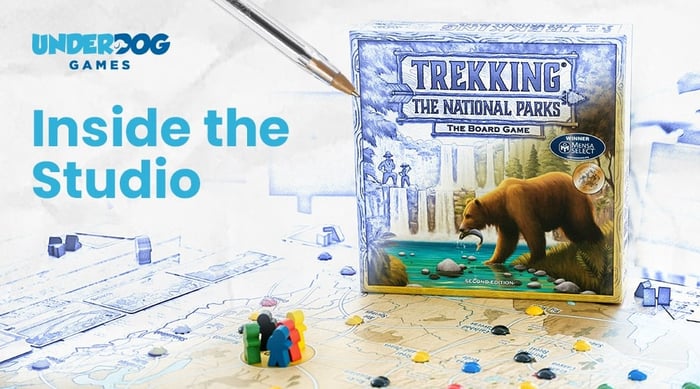The Premortem

How I came to know its power
An Example
The current Premortem for Trekking the World 2nd Edition
Opaque Strategy: An element of the game - Suitcases - yield about half the points you score, if you know what you’re doing. But new players can underestimate their value, and this can make gameplay less interesting for them. If that happens for too many players, it could lead to poor online ratings and sales. I’m currently trying to address this by being clear/emphatic about their value in the rulebook, and by including more powers that help you discover it.
Redesign Problem: The new version is a big redesign. This could confuse/disgruntle existing fans, to whom we’ve sold 130,000 copies of 1st Edition, possibly impacting word-of-mouth. A symptom: we’ve struggled with what to call the new version. We think folks coming to the game for the first time will be least confused if we call it 2nd Edition, but that wouldn’t imply a redesign to 1st Edition owners. We’re currently addressing this by communicating to our core audience directly in emails and social media posts.
Reskin Expectations: customers might assume the new Trekking the World is a reskin of Trekking the National Parks. It's a risk because Trekking the World 1st Edition was similar to Trekking the National Parks. This could cause two problems: 1) Players who want an experience like Trekking the National Parks might be disappointed that they got a different experience; 2) Players who want to experience new mechanics might not look into the game. We currently don’t know how to address this problem. Ideas welcome.
Reduced Screwage: Existing players could dislike the removal of blocking in the game. In playtests involving players who know 1st Edition, nearly all testers say they prefer the new version. But recently I had a player tell me she preferred 1st Edition, specifically because we removed the blocking and screwage, which was her favorite thing about it. This is another bet we’ve decided to make, because many players who say they prefer the new version cite reduced screwage as a factor. However, playtester sample bias could mean this isn’t true in the market at large.


